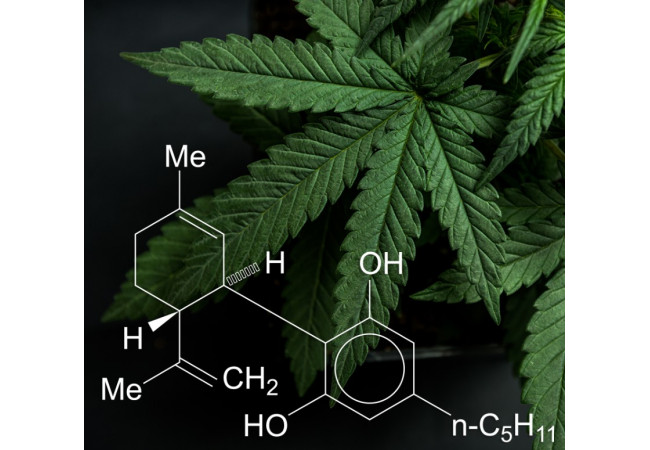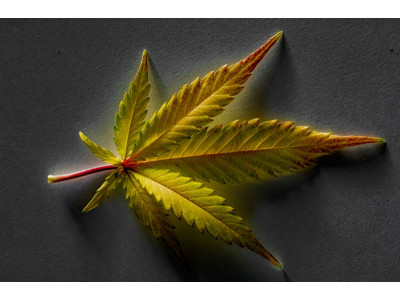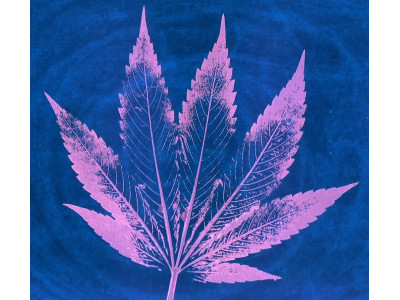
If you look at a cannabis bush, you can see a rather complex structure of hemp from various parts - stem, stigma, pistil, cones, and others. Each component has certain functions. If you are interested in the anatomy of cannabis, want to know exactly which part is made for what, you should consider and analyze our article.
All information provided in our article is for informational purposes only. This is not a guide to growing cannabis, nor is it a call to action.
The structure of the hemp bush: what parts it consists of and what they are responsible for
The plant shown consists of a number of parts that can be found on many other plants. Marijuana has long, thin stems. At the same time, the structure of the hemp stem also implies large leaves of a known shape, which extend from the nodes. The main distinguishing feature of the plant is the bud, which consists of many unique parts, which we will consider below.
Circles
This is a cluster of marijuana buds that are next to each other. At the same time, smaller forms can be found along the kidney areas on the lower branches of the plant. The formation of the main stem of cannabis is carried out at the very top of the main stem.
Marijuana stigmas and pistils
The structure of the pistil implies the presence of reproductive organs of marijuana. Stigma is a small thread of the pistil that looks like a hair. It is necessary to collect pollen produced by male plants. At first, the stigma is white, but as it ripens, it turns yellow and gradually darkens to brown. The stigma is necessary for the plant to reproduce. It is also an identifier of bud maturity. At the same time, the stigma does not affect the effect and taste of cannabis cones.
Calyx and bract
The bract is the part of the bush that hides the reproductive part of female plants. Visually, it has the appearance of drop-shaped green leaves, which are hidden by resin glands that produce a huge amount of cannabinoids from other parts of the marijuana. The calyx is a translucent covering on top of the ovule at the base of the bud, which is covered by bracts and is not so visible at first glance.
Trichomes
The presented parts of the plant can be called the smallest components of the bush. At the same time, it will be possible to easily notice a layer of crystalline resin on the cones. The latter is produced by transparent mushroom-shaped glands located on leaves, stems, and cups. From the very beginning, trichomes have been used to protect bushes from insects and diseases. These balls are covered with aromatic oils (terpenes) and cannabinoids.




